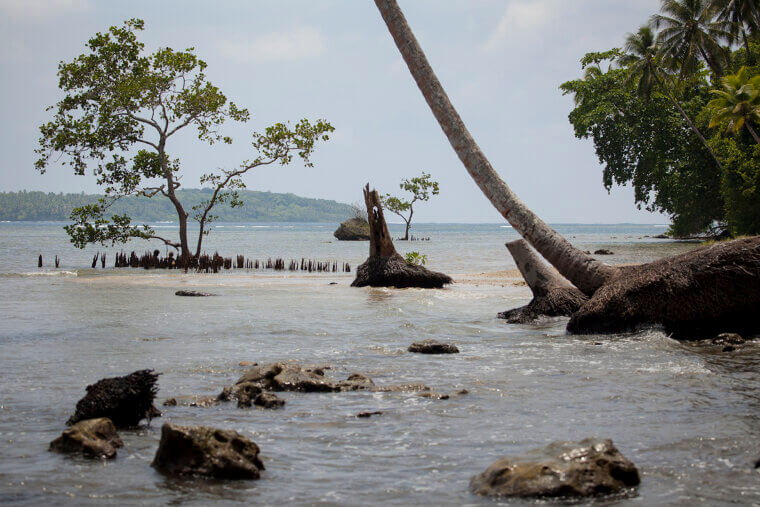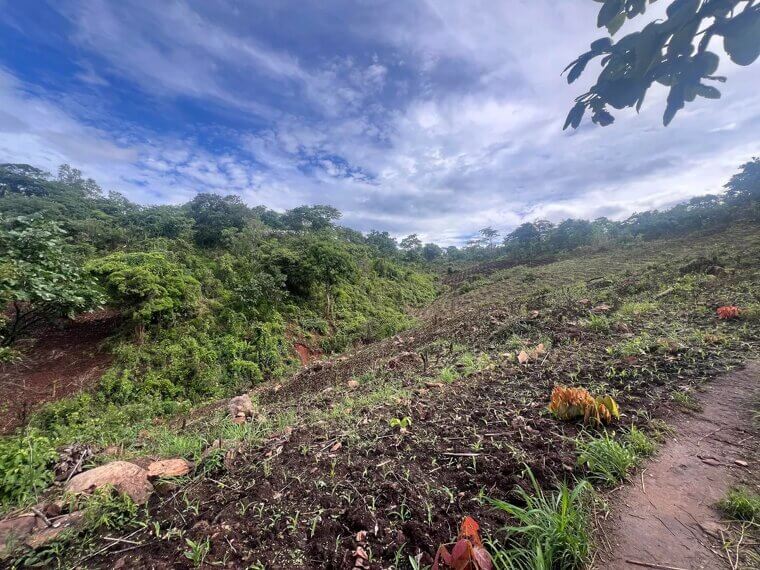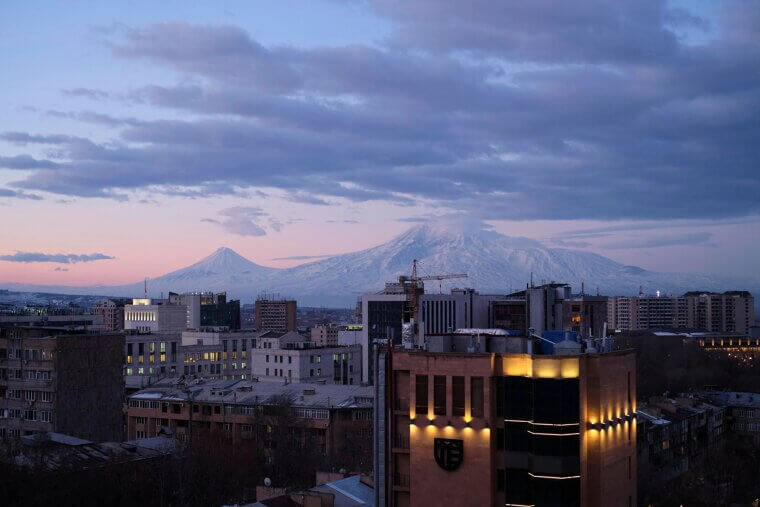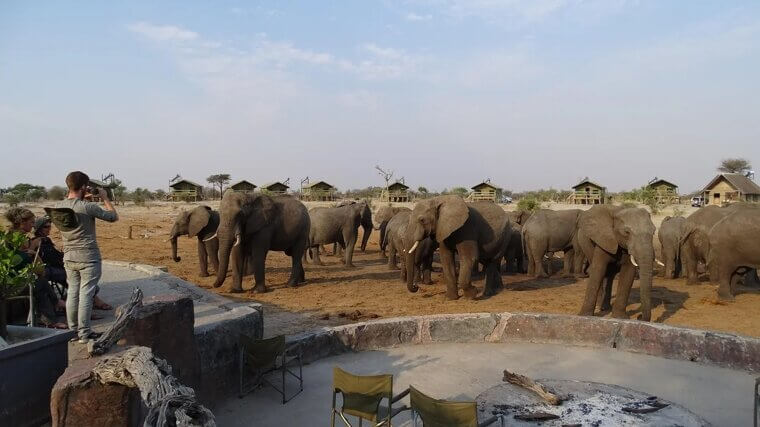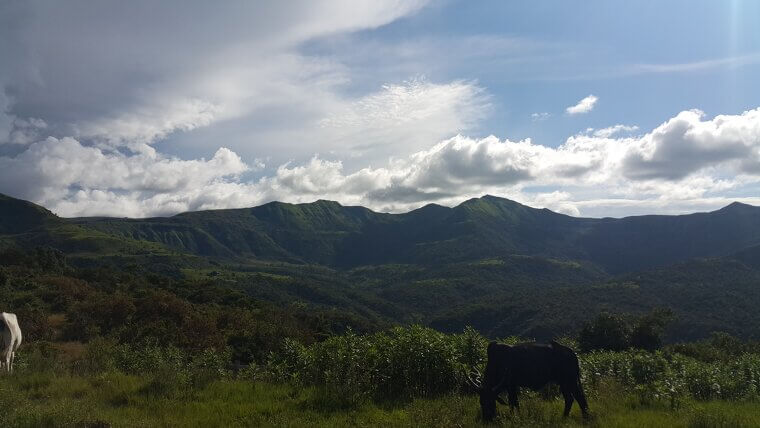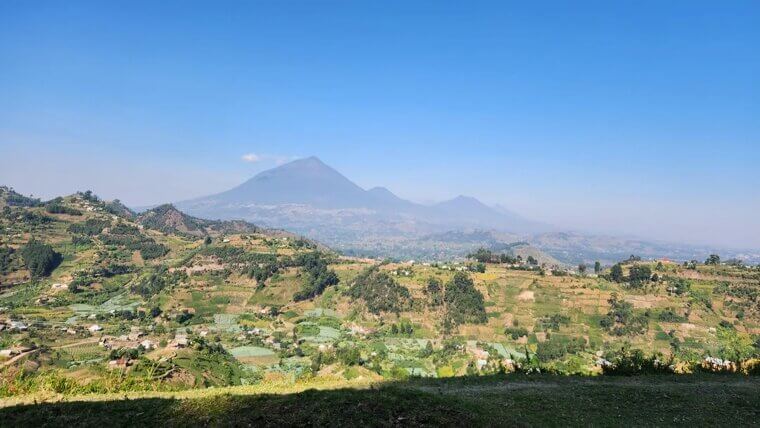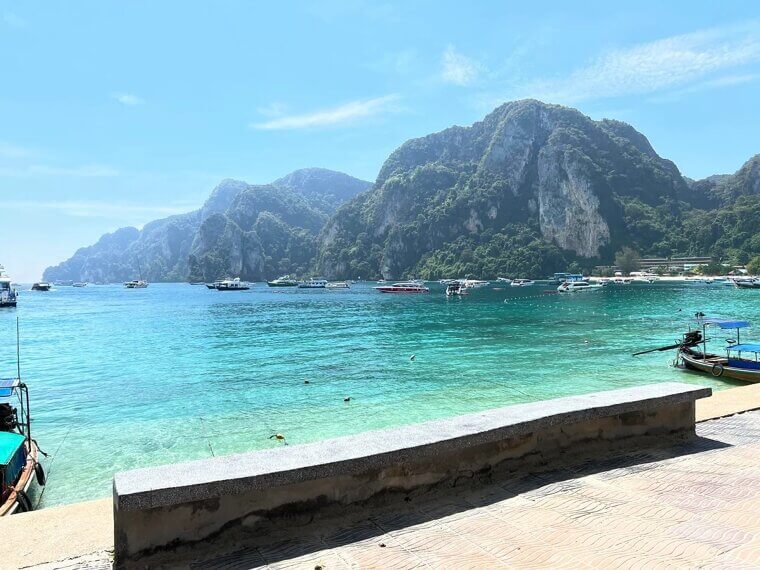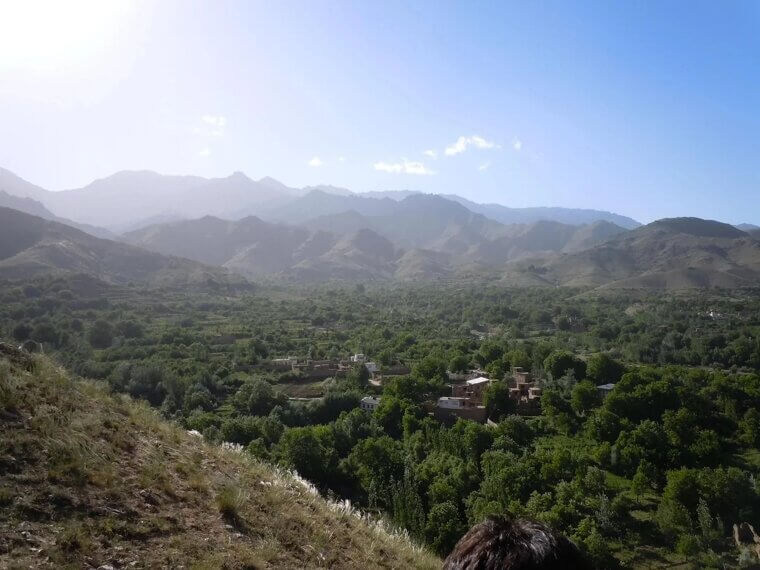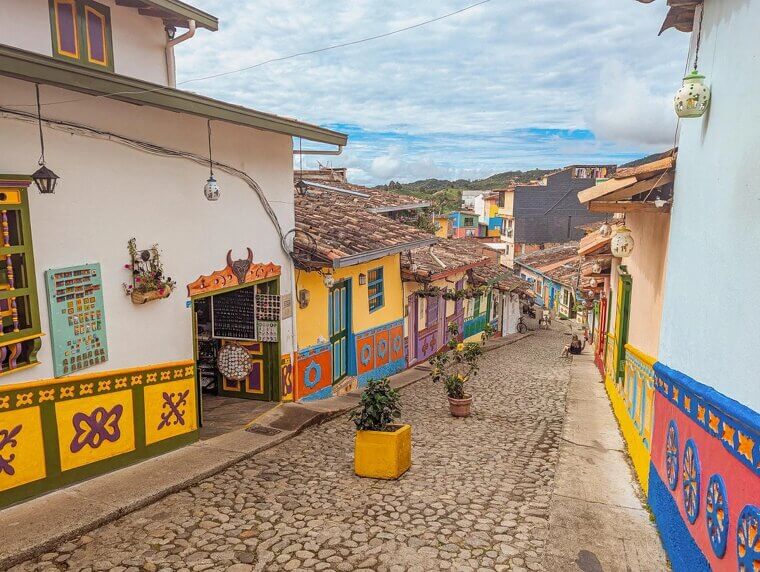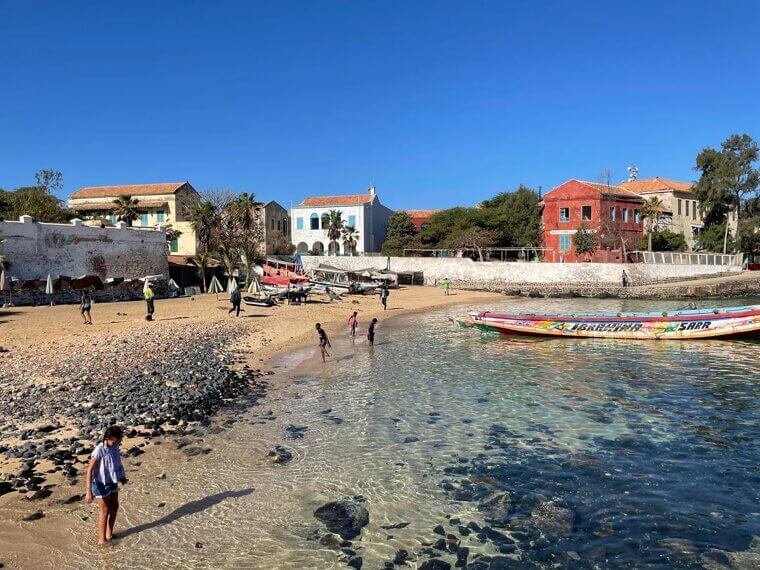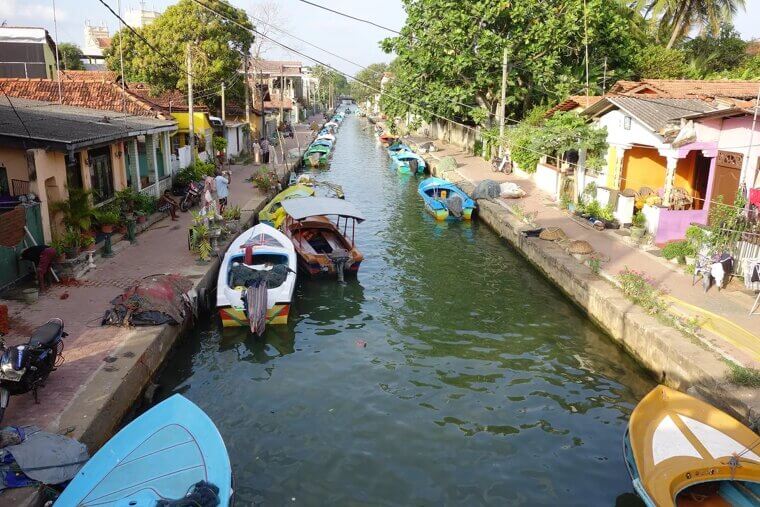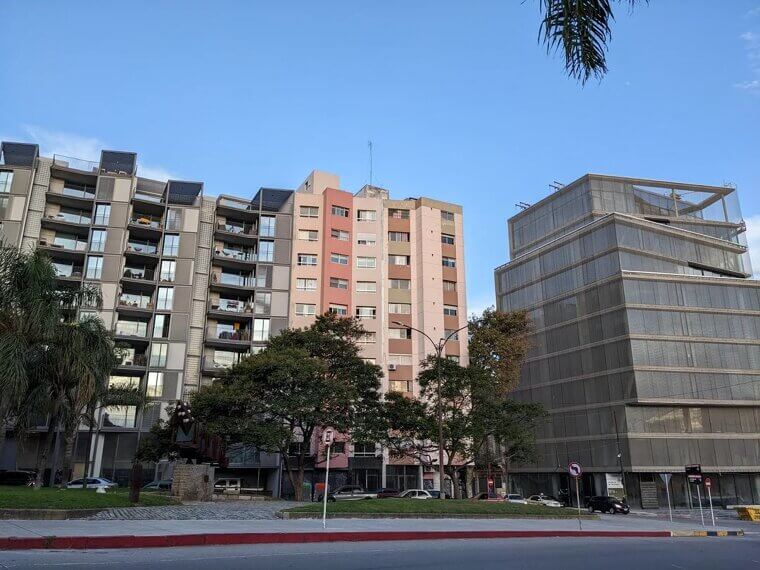Highest Lactose Intolerance Countries
Lactose intolerance may not seem like a big deal to most people, but those who deal with it every day will say otherwise! It’s a far more common health intolerance in certain countries than in others. Below, you’ll find our top 50 countries, categorized by lactose intolerance rate, according to the World Population Review.
#1. South Korea
South Korea is top of our list because World Population Review has discovered that 100% of the population is lactose intolerant to some degree! This is actually caused by genetic lactase non-persistence, which makes it difficult for South Koreans to digest lactose. The more you know!
#2. Yemen
Lactose intolerance is also extremely prevalent in Yemen for a very similar reason to South Korea. Yemenis have a biological difficulty absorbing lactose, and the issue is currently being worsened by food supply limitations that make it difficult for Yemenis to manage their diets.
#3. Ghana
In third place, we have Ghana, which is another country with 100% lactose intolerance. As Ghanaians get older, their ability to comfortably digest lactase decreases, which makes them more vulnerable to developing more painful lactose intolerance in adulthood.
#4. Malawi
Many African populations suffer from lactose intolerance, and Malawi is one of the most affected. Aside from the Malawian populations that work in dairy farming, most natives don’t maintain their ability to digest lactase, leading to a very high rate of lactose intolerance.
#5. Solomon Islands
The Solomon Islands are known for their rich biodiversity, but the biological diversity of their citizens is far more limited. The country’s current rate of lactose intolerance is 99% of the population, and is caused by lactase non-persistence, which affects all native adults.
#6. Vietnam
Lactose intolerance is also extremely common in East Asia, but most of all in Vietnam. Approximately 98% of the population struggles to properly absorb lactose, and this is worsened by the fact that dairy is not a huge part of the typical Vietnamese diet.
#7. Zambia
Zambia is right behind Vietnam with a lactose intolerance prevalence of 98%. Historically, milk consumption has always been quite low in Zambia, so it makes sense that Zambians have evolved with an underactive lactase enzyme. As a result, consuming dairy is very uncomfortable.
#8. Armenia
In eighth place, we have Armenia, which is known for its agricultural production. But even though butter and cheese are fairly common in the Armenian diet, 98% of the population is believed to be lactose intolerant. Some may not even realize it.
#9. Azerbaijan
Dairy is a huge part of the Azerbaijani diet, so it’s terrible that the country has the ninth-highest rate of lactose intolerance in the world. Around 96% of Azerbaijani people suffer from mild to severe symptoms because their bodies struggle to digest dairy beyond infancy.
#10. Oman
Oman completes the top 10 countries with the highest rate of lactose intolerance in the world, and, again, this is caused by a deficiency when digesting lactose products. Many people experience very painful gastrointestinal symptoms that affect their everyday lives.
#11. Democratic Republic of the Congo
For brevity’s sake, we’ll refer to this next country as DR Congo. An estimated 95% of the population suffers from lactose intolerance due to malabsorption, which is, sadly, to be expected due to how badly this intolerance affects African ethnic groups.
#12. Mozambique
Also, with a national lactose intolerance prevalence of 95% in Mozambique, and while genetics are mostly to blame, the country’s historical lack of dairy farming has likely also contributed. But with the Mozambique dairy industry growing, how will locals deal with the symptoms of lactose intolerance?
#13. Syria
Syria is another country whose food culture involves several common dairy products, particularly yogurt and cheese. However, that hasn’t done anything to lower the number of Syrians with lactose intolerance, which is estimated to be about 95% of the current population.
#14. Angola
Dairy production is not as big in Angola as it is in many other countries, so it may not seem like a huge deal that around 94% of the country is lactose intolerant. But traces of lactose crop up in other foods, so Angolans should watch out for symptoms.
#15. Somalia
Somalia is another nation afflicted by overwhelming lactose intolerance, which often leads to unpleasant side effects. 94% of the population suffers from some form of lactose intolerance, and though some Somalis develop more resistance over time, most still experience some discomfort.
#16. Iraq
Lactose intolerance is a common issue in the Middle East, and it affects 93% of the Iraqi population. It’s a genetic trait that makes itself known in childhood and persists well into adulthood, effectively dictating what food products Iraqi people can eat.
#17. Republic of the Congo
The Republic of the Congo may be a separate country from DR Congo, but it also has a very high prevalence of lactose intolerance. Though its rate is slightly lower at 93%, it’s also caused by an underactive lactase enzyme, which makes it difficult to digest dairy.
#18. Namibia
Any Namibian will be aware that lactose intolerance is a national problem, particularly among the San and Bantu populations. Namibians have historically always consumed lots of milk as part of their dairy farming, but 93% of them remain affected by lactose intolerance.
#19. Gabon
Gabon is the 24th-largest country in Africa, and it also has one of the highest rates of lactose intolerance. Currently, 93% of all Gabonese citizens have lactose intolerance, including children, and there has been a recent shift to incorporate this into national dietary programs.
#20. Myanmar
Unfortunately for those from Myanmar, they’re in a very similar situation to Gabon when it comes to lactose intolerance. 92% of the entire population is affected, and there currently aren’t enough initiatives in the food industry to fully combat the issue.
#21. Uzbekistan
Despite having the 21st-highest rate of lactose intolerance in the world, you’ll be pleased to hear that most Uzbekistan cases are quite mild. 92% of affected Uzbeks have actually been able to manage their symptoms through consistent dairy consumption!
#22. Papua New Guinea
Next on our list is Papua New Guinea, which has a 91% lactose intolerance. Studies have shown that at least a third of affected Papuans experience more severe symptoms, including stomach cramps and diarrhoea, making it very difficult to manage their dietary needs.
#23. Cameroon
Unfortunately for Cameroon, 89% is still an overwhelming majority, so lactose intolerance remains a persistent dietary issue. However, as dairy consumption in Cameroon is pretty low, it’s far easier for citizens to monitor their diets, avoid irritating foods, and focus on non-dairy alternatives.
#24. Israel
This one may come as a surprise, considering Israeli cheeses are so famous, but 89% of the country is actually lactose intolerant. It’s very common among Jewish populations, and people can either be mildly sensitive to dairy products or completely unable to tolerate them.
#25. Iran
Studies have shown that lactose intolerance is pretty much a lifelong problem in Iran, affecting children as young as three years old. Currently, 88% of the population has some form of aversion to lactose, and the symptoms often become more noticeable with age.
#26. Taiwan
As in many other Asian countries, lactose intolerance is incredibly prevalent in Taiwan. But luckily, since 88% of the population is affected, alternative milks, including soy and rice milk, are very popular. There also seems to be a good understanding of lactose intolerance management.
#27. Mongolia
Mongolians are in a tricky situation because 88% of them are lactose intolerant, but their diets consist largely of milk. Dairy farming has been hugely popular in Mongolia for thousands of years, so we don’t think it will be going away anytime soon.
#28. Botswana
Another country with a lactose intolerance rate of 88% is Botswana, which is in keeping with the African difficulty in digesting lactose. But Botswanians have come out with some great solutions: using non-dairy foodstuffs, like maize, to replace milk in popular foods, like porridge.
#29. Nigeria
Nigeria is a vast and diverse country, so lactose intolerance cases vary between different populations. For example, those who aren’t reliant on dairy farming, like the Igbo people, show more signs of lactose intolerance than those who are. But an 87% majority are still currently affected.
#30. Uganda
Lactose intolerance is rife in Uganda, affecting 87% of the population. In the past, some very worrying Ugandan cases have been reported, such as malnourished children showing severe symptoms of lactose intolerance, including diarrhoea, so there’s some serious work to be done, and fast.
#31. Malaysia
Just like in Uganda, Malaysia has also had some concerning cases of lactose intolerance in children. In extreme cases, vomiting and diarrhoea can be difficult to control and contribute to malnutrition. And as 87% of the population is lactose intolerant, it isn’t going away.
#32. China
Though 15% of Chinese people seem to have no aversion to lactose whatsoever, that can’t be said for the remaining 85%! Even those with more moderate lactose intolerance often suffer from bad symptoms in China, and this includes both adults and children.
#33. Thailand
Next up, we have another Asian country, and lactose intolerance is very prevalent in Thailand, too. It affects 84% of the population, and some adults have very unpleasant symptoms. Even worse, 60% of Thai infants have been found to suffer from bad lactose intolerance, too.
#34. Tunisia
Another country where lactose intolerance is extremely common in both adults and children is Tunisia. 84% of the population has it, but many don’t realize it until they get older. Luckily, they can buy alternative milks at supermarkets across the country.
#35. Afghanistan
While the prevalence of lactose intolerance in Afghanistan varies between different ethnic groups, the country still has a high number of cases. Approximately 82% of the population suffers from lactose intolerance, and this is primarily caused by a deficient lactase enzyme that doesn't digest dairy properly.
#36. South Africa
If there’s one thing we know, it’s that South Africa is absolutely huge! That makes it even more shocking that a whopping 81% of the population is lactose intolerant. The reason is believed to be the historical South African dietary habit of consuming fermented milk, rather than fresh milk.
#37. Czech Republic
The Czech Republic is right behind South Africa, with an identical prevalence rate of 81%. As in many other countries, certain ethnicities are affected more than others, and in the Czech Republic, that’s those with Roma and Slavic ancestry. However, symptoms vary from person to person.
#38. Colombia
Colombian food is delicious, and dairy features in many of them. However, there has been a notable decline in milk consumption, which will reduce the symptoms experienced by 80% of Colombians. But this may also further reduce their ability to digest lactose products.
#39. Senegal
Tolerance varies greatly in Senegal when it comes to dairy; some lactose-intolerant people barely experience any symptoms, whereas others become uncomfortable to the point of pain. 79% of citizens are lactose intolerant, so it’s still firmly above the national average with little change so far.
#40. Lebanon
One win for the Lebanese is that, despite 78% of the population being averse to dairy, the majority of cases are on the milder side. Lactose malabsorption is far easier to manage, although it can still be uncomfortable, so choosing lactose-free milk is the best option in Lebanon.
#41. Ethiopia
Ethiopians are stuck between a rock and a hard place because while 77% of them are lactose intolerant, their decision to primarily consume fermented milk products actually further decreases tolerance. Fresh milk can make many Ethiopians very ill, so, of course, they choose to avoid it.
#42. Kazakhstan
Kazakhstan’s lactose intolerance prevalence, which is currently 75% of the entire population, is influenced by both biological and cultural factors. Turkic peoples have a high likelihood of lactose intolerance due to a declining ability to digest lactose with age, but their dietary choices also contribute.
#43. Japan
If you’ve ever been to Japan, you’ll probably be surprised to see it on this list because of its incredible ice cream. But 73% of the Japanese population is actually lactose intolerant, even though they regularly consume milk. Luckily, there are plenty of alternatives available.
#44. Morocco
In Morocco, it’s far more common for adults to suffer from lactose intolerance than children, but that doesn’t mean that the symptoms are simple! 73% of affected individuals have to manage their diets more strictly, and they’re lucky that dairy isn’t a huge part of Moroccan cuisine.
#45. Sri Lanka
Sri Lankans generally know that they’re lactose intolerant from a young age, and 73% of the population is currently diagnosed. However, the gastrointestinal symptoms aren’t as bad as in some other countries, so it’s easier to manage this intolerance in Sri Lanka.
#46. Italy
You won’t believe it, but 72% of Italians are lactose intolerant! With so much cream, cheese, and milk used in Italian cuisine, it’s a wonder that more natives aren’t constantly uncomfortable. Luckily, dairy-free alternatives have become very popular in Italy.
#47. Turkey
Turkey is just on the cusp of ‘average’, but we wouldn’t say that 69% of the population being averse to lactose is a great result. However, many Turks don’t realize that they’re lactose intolerant because the symptoms can be quite mild, so that’s something good!
#48. Egypt
The global average of lactose-intolerant people is currently 68%, but that’s also the rate of affected individuals in Egypt alone. As is the case with pretty much every country on our list, Egyptians can’t tolerate gluten because they lack the lactase required for digesting dairy.
#49. Cambodia
Like Egypt, 68% of the Cambodian population is also lactose intolerant. But Cambodians are in a far better position than many other countries because the national cuisine doesn’t rely on dairy products much at all, so it’s not overly consumed.
#50. Uruguay
Despite being last on our list with a prevalence of 65%, lactose intolerance is still a huge dietary obstacle in Uruguay. At least 60% of those affected have milder malabsorption issues, but the rest are highly intolerant and can become very uncomfortable if they consume dairy.






